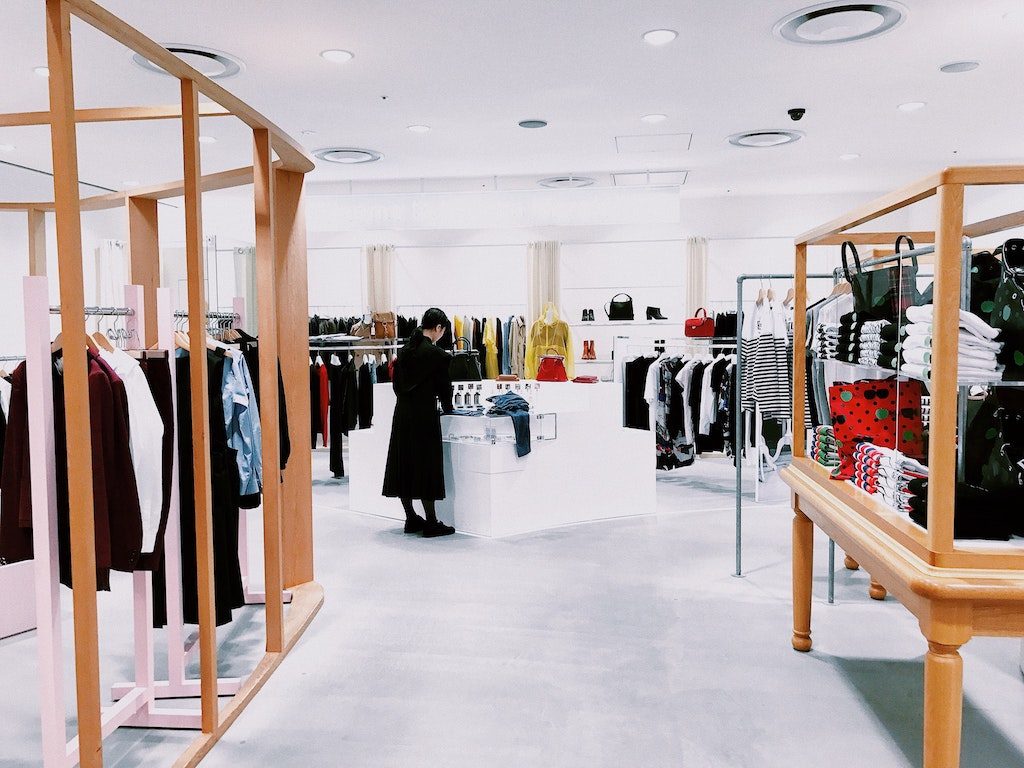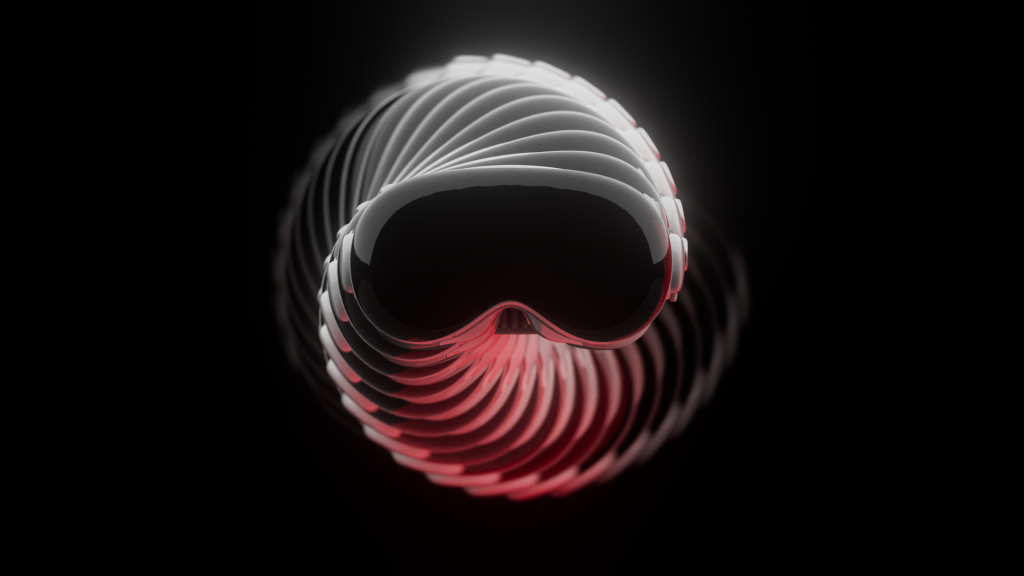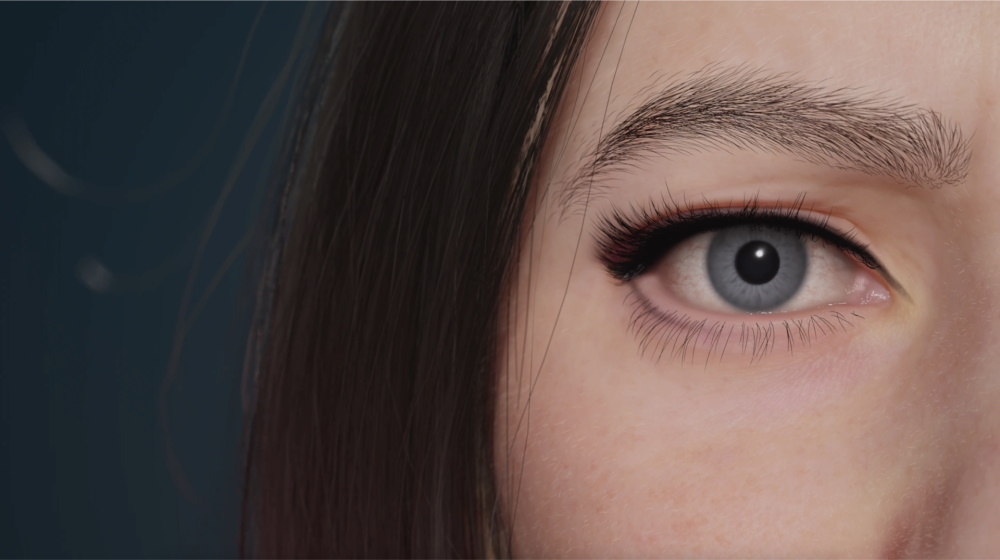The world may seem a little less real to your customer these days. With social distancing and online shopping taking over our lives, the individual shopping experience is fading. Shopping online generally means a flat presentation of products arranged in a grid, which misses a specific connection to the product. This something that is missing is the experience of shopping. The experience of meeting and getting to know a product is a crucial driver of sales, especially for luxury and up-market brands. Experience is also part of the overall brand strategy. A visit to a flagship store of an international brand has to be something unique, personal, and emotional interaction with what the brand stands for.
One powerful way brands create an experience for those staying at home is the 360° degree virtual showroom and hyper zoom. A simple step towards creating Virtual Reality and Augmented Reality experiences, a 360° gallery is simple to develop and implement on your website or in your app. It can take as little as a cell phone to make a necessary experience that will give your potential client something to experience, rather than a bland, flat product shot.
If you’ve ever played Geoguessr, you understand the appeal instantly. The game shows you a virtual reality window from Google’s Streetview, prompting you to guess where in the world you are. With a little looking around and exploring, you can experience a brand new place in the world. Now imagine getting that exploration experience connected to your brand. By combining virtual reality and a sense of adventure, you can create a strong impression of your brand in the consumer’s mind.
With the right equipment and know-how, this simple VR-like experience can be made larger than life. With the help of a designer familiar with creating virtual and augmented reality experiences, you can make something your customers will love and share. You give them something worth talking about by taking their shopping experience into a larger-than-life world.
Brands Big and Small are Getting on the 360-degree Showroom Bandwagon.
This tactic of creating a virtual showroom has been successful for small and global brands alike. Nissan, for example, created an interactive car showroom, where you can check out the cars and even get a look from inside. This online VR experience helps you imagine yourself behind the wheel, even as you sit at home in your underwear.
Ordre, a fashion buyer, incorporates virtual reality and 360° degree views throughout their shopping experience, online and in-store. If you visit Ordre, you can see the outfits from all angles using the life-size touchscreen displays. Or, you could have a front-row view of a fashion show with a VR headset. This brand has embraced the virtual reality experience as part of its core identity.
Diesel, a forward-thinking fashion brand, has also created an elaborate virtual showroom. Allowing the user to wander around the “Hyperroom,” Diesel can engage a user with dramatic colours and visuals synonymous with the brand.
Suppose you want to curate the user experience and showcase your brand in a specific way. In that case, you can take a page from Two’s Company’s virtual showroom that replicates the shopping experience and also features a pre-designed walkthrough tour that the user can stop at any time. The blend of scripted and interactive experiential modes helps guide the user’s attention.

What Can a Virtual Showroom Do For You?
The sad truth is that social distancing isn’t going away anytime soon. The new reality is changing our shopping behaviours, and brands must keep up. While consumer retail and fashion are obvious candidates for the use of virtual showrooms, even industrial facilities are finding use in this technology.
So, whatever business you may be in, COVID (as well as the inevitable pace of technological change) will likely impact you. Providing users with a virtual, immersive tour of your facility or product quickly becomes a requirement. Of course, you also can share this experience with someone anywhere in the world.
While almost anyone can make a simple and crude virtual tour, it takes a seasoned designer comfortable with AR and VR technology to create an experience. By implementing the content and technology to maintain immersion, YORD combines its technical and design know-how to deliver something unique and memorable. So, if you’re ready to see how this trend can help you grow your business, get in touch with us for a free demo. Let’s figure out how to make a 360-degree virtual showroom jump-start your business.
Sneaking in AR
Augmented Reality (AR) technology has been cautiously, and sometimes sneakily implemented by some visionary developers for more than a decade. With the growing presence of powerful mobile computing platforms like smartphones or tablets, 3D solutions are coming to the real world, causing a closure of the gap between input and output. Equipped with stereoscopic camera arrays, useful data connections, and powerful and advanced processors, the AR revolution is creeping into every facet of life. From interactive entertainment to design, and even industrial automation and maintenance. Even the more mundane areas of business, like retail shopping, are going experiencing change.
Augmented Reality is still limited to tablets and phones. As the industry painfully learned from the Google Glass experiment: function, form, and also cost need some significant improvements for AR glasses to become finally adopted by the consumer. Rumors circulating around a potential new product, Apple Glasses, suggest that a hardware leap may be imminent. Even if the device relies heavily on being tethered to a user’s phone. Truly functional heads-up display hardware will launch a new industry, in the same way, that the first iPhone launched the mobile app gold rush.
👋 get in touch
By clicking the “send” button, I agree to the collection and processing of my personal data as described in the Privacy Policy.





